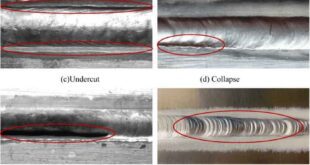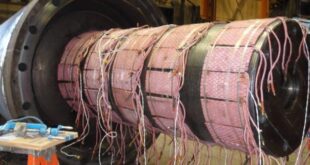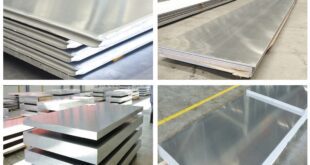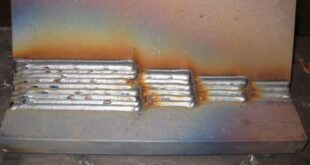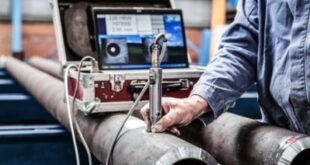What Causes Pinholes in Welding? Introduction In the intricate world of welding, pinholes are a persistent challenge that welders encounter. These tiny voids, often invisible to the naked eye, can significantly compromise the integrity and quality of a weld. Understanding what pinholes are and why they need to be addressed …
Read More »Leak Testing for Welds
Leak Testing for Welds: Ensuring Quality and Safety Introduction In the intricate world of welding, ensuring the integrity of welds is paramount. One crucial aspect of this assurance is leak testing, a process designed to detect any imperfections or vulnerabilities in welded structures. [ads] Importance of Leak Testing Leak testing …
Read More »Post Weld Heat Treatment Process (PHWT)
Post Weld Heat Treatment Process (PHWT) In the field of welding, achieving strong and reliable joints is crucial for ensuring the structural integrity and performance of various components. One effective method employed to enhance the properties of weldments is the Post Weld Heat Treatment Process (PHWT). This process involves subjecting …
Read More »Welding Galvanized Steel
Welding Galvanized Steel: Techniques, Safety, and Best Practices Introduction Welding Galvanized Steel, a process that joins two pieces of steel together, plays a crucial role in various industries, including construction, automotive, and manufacturing. Galvanized steel is coated with a layer of zinc to protect it from corrosion, making it an …
Read More »Visual Inspection for Welding – Ensuring Quality and Integrity
Visual Inspection for Welding Welding plays a pivotal role in industries ranging from construction to manufacturing, creating strong and durable joints that are crucial for the integrity of structures and products. Ensuring the quality of these welds is paramount, and one of the most fundamental methods to achieve this is …
Read More »What is a Fillet Weld?
What is a Fillet Weld? Introduction Definition of Fillet Weld A fillet weld is a type of weld commonly used in joining two pieces of metal, typically at right angles, in a lap joint or a T-joint configuration. It is a weld that is triangular in cross-section and has a …
Read More »How To Become CSWIP 3.1 Welding Inspector?
How To Become CSWIP 3.1 Welding Inspector? Introduction CSWIP 3.1 certification is a globally recognized certification scheme for welding inspectors developed by the Certification Scheme for Welding Inspection Personnel (CSWIP), which is a division of TWI Ltd. This certification is considered to be a standard for welding inspection and is …
Read More »NDT Non-Destructive Testing
NDT Non-Destructive Testing Introduction Non-Destructive Testing (NDT) is a group of techniques used in science and industry to evaluate the properties of a material, component or system without causing any damage to it. This means that the inspection process does not alter or affect the material or component in any …
Read More »The Challenges of Metal Identification in Welding: How to Overcome Them
The Challenges of Metal Identification in Welding: How to Overcome Them Introduction Metal identification is a crucial aspect of welding that is often overlooked, yet it is a fundamental step in ensuring the success of any welding project. Identifying the type of metal being welded is essential to determine the …
Read More »Weld Testing Methods
Weld Testing Methods Introduction Weld testing is a crucial step in the manufacturing process of many industrial products, ensuring the strength and reliability of the welded joints. The objective of weld testing is to detect any defects or inconsistencies that might affect the structural integrity of the final product. Weld …
Read More » Welding of Welders All about Welding and Welders
Welding of Welders All about Welding and Welders
